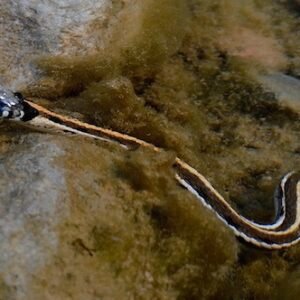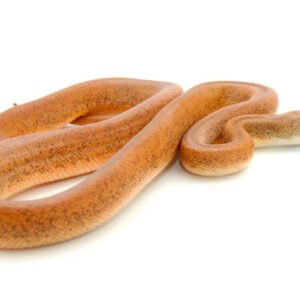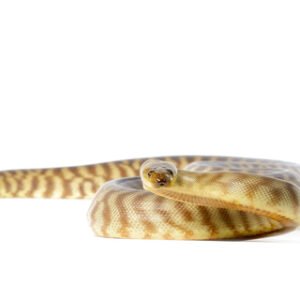Physical Characteristics of Ribbon Snakes
Ribbon snakes, belonging to the genus Thamnophis, exhibit a range of physical characteristics that set them apart from various snake species. These snakes typically possess long, slender bodies, averaging between 24 to 48 inches in length. Their elongated form allows them for agile movement, often seen gliding through vegetation and water with ease.
A salient feature of ribbon snakes is their vivid coloration. They generally display a striking combination of black, green, and yellow hues, which can vary according to their geographical location. The most recognizable attribute is the lateral stripes that run along their bodies; these are usually bright yellow or white, creating a dazzling contrast against the darker background. This unique coloration not only provides visual appeal but also plays a crucial role in their survival. It aids in camouflage among reeds and grasses, allowing them to evade predators while approaching their prey.
The texture of their scales adds to their distinctive appearance. Ribbon snakes possess smooth, glossy scales that reflect light, giving them an attractive sheen. This scale structure also contributes to their aquatic adaptability, reducing drag as they swim and enhancing their speed in the water. Furthermore, the large, round eyes of the ribbon snakes are a significant feature; they allow for excellent vision, which is essential for detecting movement and locating prey in their surroundings.
Overall, the physical characteristics of ribbon snakes not only define their aesthetic but also enhance their ability to thrive in diverse habitats. Their coloration and body structure are integral to their camouflage and effective hunting strategies, showcasing the fascinating adaptation mechanisms within the animal kingdom.
Habitat and Behavior of Ribbon Snakes
Ribbon snakes, belonging to the genus Thamnophis, are primarily found in wetland environments. They exhibit a strong preference for habitats such as marshes, swamps, and areas adjacent to ponds and streams. These environments are crucial for their lifestyle as semi-aquatic hunters, providing abundant resources and optimal conditions for their survival. The presence of both terrestrial and aquatic ecosystems facilitates their hunting behaviors, allowing them to thrive in diverse ecological niches.
Feeding primarily on amphibians and fish, ribbon snakes employ various hunting tactics to capture their prey. They are known to be agile swimmers and are often observed pursuing prey beneath the water’s surface. Their elongated, slender bodies aid in their swift movements, enabling them to navigate through dense vegetation and ambush unsuspecting prey. This adaptability in feeding habits highlights their role as important predators within their ecosystem, helping to maintain the balance of local wildlife populations.
Socially, ribbon snakes tend to be solitary creatures, particularly outside the mating season. During mating, which typically occurs in the spring, males may engage in competitive displays and physical interactions to attract females. These interactions can often involve wrestling or other forms of locomotion as they compete for the attention of a potential mate. Once mating has occurred, the females will give birth to live young, further promoting the continuation of the species.
Seasonal behaviors are also noteworthy among ribbon snakes. During colder months, they often seek refuge in burrows or under debris to hibernate, thereby conserving energy until the temperatures rise. In warmer months, basking becomes a common behavior, as they absorb sunlight to regulate their body temperature. This blend of seasonal habits showcases their adaptability and allows them to optimize their survival in various conditions.





